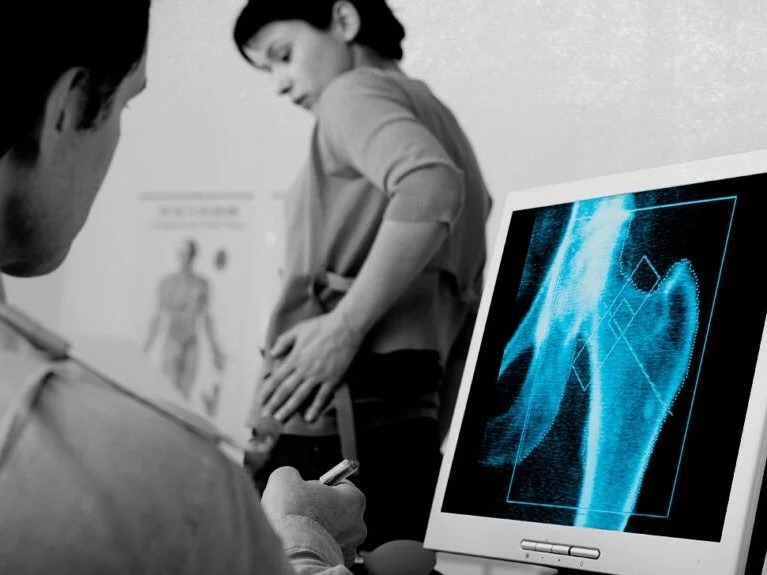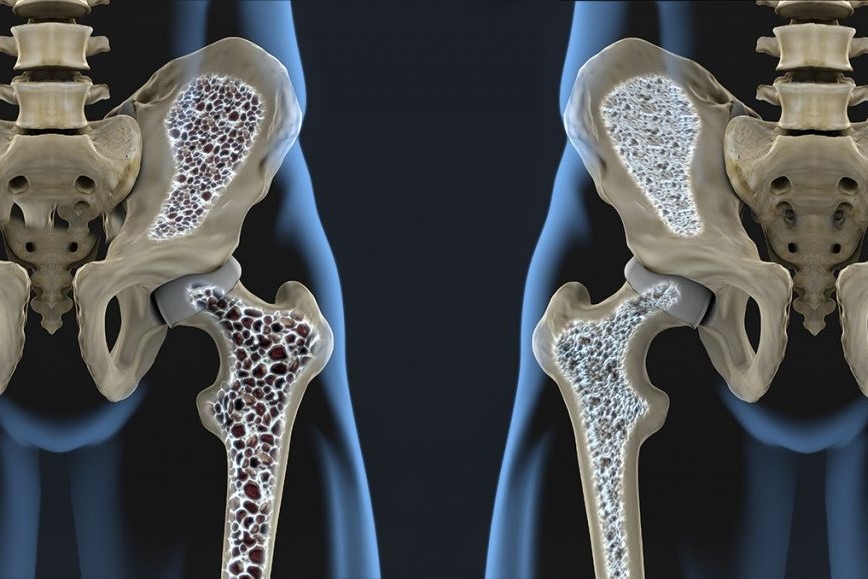
Bone Densitometry is a diagnostic technique using low dose X-rays to evaluate bone density. The strength of the skeleton is assessed by measuring the calcium content in the bones. Low bone density is an excellent indicator of fracture risk.
The purpose of a bone densitometry examination is the detection of osteoporosis which allows your doctor to initiate treatment and prevent of fractures, particularly those of the hip and spine.
Indications
- Menopause
- Risk factors for osteoporosis
- Osteoporosis monitoring and treatment.
THE DAY OF THE EXAM
This examination is painless and without any side effects. On the day of your appointment, we will first obtain X-ray images of your dorsal and lumbar spine to assist in the interpretation of the results and exclude any recent fracture.
After the x-rays are taken, a technologist will proceed with the bone densitometry exam. While lying on your back, the machine’s arm slowly passes over the body and emits low-dose x-rays and records the data to measure bone density. The exam lasts approximately 20 minutes. The results are then interpreted by a radiologist.
The exam lasts approximately
20 minutes.
Exam covered by
RAMQ (once a year)

PREPARATION
Contraindication: Do not undergo this exam if you are pregnant.
If you underwent other exams during the same period, it is essential that you allow time to pass between these and the bone density test.
- Nuclear medicine: wait 7 days
- Fluoroscopy (digestive exam using barium): wait 15 days
- CT scan using iodine: wait 7 days
- If you take calcium supplements: stop 48 hours before the exam